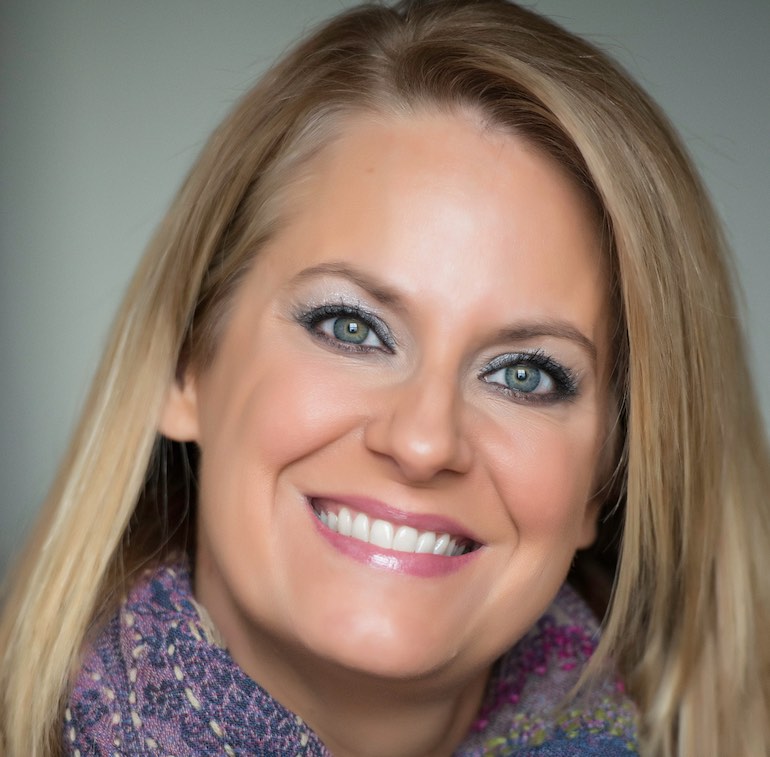5 minutes
Knowing where you are on the nine key dimensions of culture will also aid your efforts to help team members learn for the long term.
A friend’s stepdad said spaghetti would stick to the wall when it was done cooking. And it did! So sticky spaghetti equals “done.” (She has a picture of a long strand of pasta stuck to her kitchen wall as proof.)
When it comes to organizational culture though, sticky doesn’t mean done but it does mean you’re on your way to success. A sticky culture will help you retain your people, plus give you important insights into how to make your skills development stick in their minds and activities.
But what is culture exactly?
As this article from HBR suggests, there’s little agreement about the answer to that question. But there is clear agreement that culture not only exists and that it matters.
At CUES Consulting, we think of culture as a byproduct of how you manage your people and something that people know when they see it. While culture can be hard to talk about in the big picture, you can study your culture by looking at its foundational elements.
For example, the CUES Consulting team can help you ask your team members about the nine key dimensions of culture as they are showing up at your credit union. We can help you see where your culture is on the spectrum of best to worst. Once you have this information in hand, you and the other leaders of your organization will have a lot more clarity about how to tend your culture—and how to develop your people for success within it.
Doubtful you need to check in on your culture? Maybe you do have a fantastic one that makes people ready for every challenge, but it’s more likely that you need to support some cultural changes. Read on.
The Foundations of Organizational Culture
Here are the nine key dimensions of culture:
- Challenge and involvement. Do people feel that they are part of the organization’s daily operations, long-term goals and vision?
- Trust and openness. Is there emotional safety in the working relationships staff members experience?
- Playfulness and humor. Are spontaneity and ease demonstrated throughout the workplace?
- Idea support. How are new ideas treated?
- Risk-taking. What is the level of tolerance for ambiguity and uncertainty?
- Freedom. What degree of independence is shown by people throughout the organization?
- Idea-time. How much time do people feel they can spend expanding on new ideas? How much time do they spend on expanding on new ideas?
- Conflict. Are personal and emotional tensions present?
- Debate. How frequently is there disagreement about views, ideas and experiences?
Your Score Is Just Part of the Actionable Information You’ll Get
The information you collect from the culture assessment can help you determine your next steps in both tending your culture and developing your people. If your score is low in one area, CUES Consulting can home in on that and strategize what your organization can do to give it a boost.
For example, we worked with a credit union that was very interested in increasing its teams’ risk-taking abilities. Leadership felt the future would require team members to act in real time and make decisions that might involve more risk.
These leaders knew they had micromanaged too much and not allowed (and certainly not celebrated) the out-of-the-box ideas their team members had come up with in the past. Once we identified the leaders’ goal of improving risk-taking skills, we helped them execute an initiative to reinforce the confidence, processes and reinforcement that successful risk-taking entails.
We asked all the credit union’s team members how comfortable they were taking risks and what would make them more comfortable. We also identified areas where risk-taking might be necessary.
Besides generating a numerical culture score, the culture assessment provides an opportunity for your team members to write individual responses. These provide a significant amount of additional information about what they are experiencing and what you might need to do to support them more fully.
Staff members typically appreciate being asked about what they see in the organizational culture. They may have had things they’ve wanted to say for years, and now they can do so!
Chicken or the Egg? Culture or Skills Assessment First?
In a previous column, I wrote about how credit unions need to ask each team member which skills, competencies and knowledge are leveraged in the organization to drive success. While doing this assessment is important, the health of an organization’s culture ultimately dictates an organization’s success skills.
For example, if I’m working in a hostile culture, my ability to collaborate or innovate will be greatly diminished. Most likely, I’m simply surviving. Once the culture gets renewed, I will be able to be creative and innovative and work collaboratively with others.
In all, the culture of an organization is foundational to its ability to move toward excellence. So when you’re measuring a skills gap that you will later close with development plans, you want to ensure you are prioritizing and measuring skills that are present in a healthy culture or working first on improving the culture.
So, start your talent development efforts by diving into understanding your culture. Find out where you are on the nine dimensions. See what you need to do to make your culture stickier. Then you’ll be perfectly poised to identify your organization’s success skills.
This pre-work will be a great investment in aligning your credit union to ensure you achieve your organizational objectives. You’ll be in an ideal place to set up your talent development efforts to perfectly set up your team so everyone will be learning and working together more effectively. You—and your members—will reap the benefits.
Stepping in the gap between corporate complacency and organizational excellence is where Lesley Sears strives to be. Now VP/talent development consulting for CUES, Lesley is passionate about helping leaders find their company’s superpowers in talent development through a holistic approach: identify–develop–document-repeat. She’s a Lean Six Sigma Black Belt, a certified executive leadership coach and has over 20 years of experience consulting with organizations across many industries to strategically develop their talent’s best selves. When she’s not working to help organizations maximize their potential, you can find her digging in her flower beds, reading or watching classic movies. Maybe, on a good morning in the spring and fall, you’ll find her running—really slowly.










